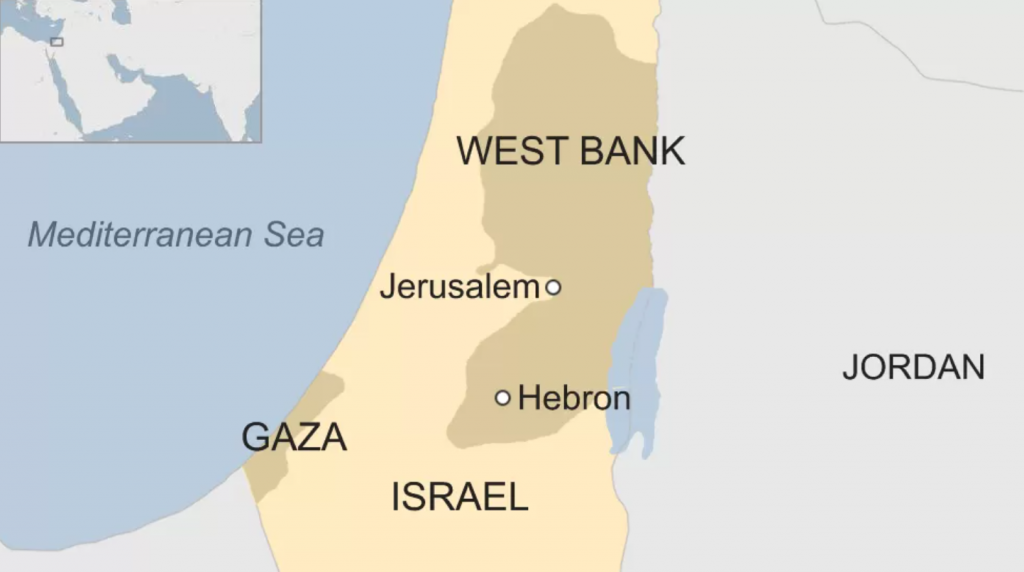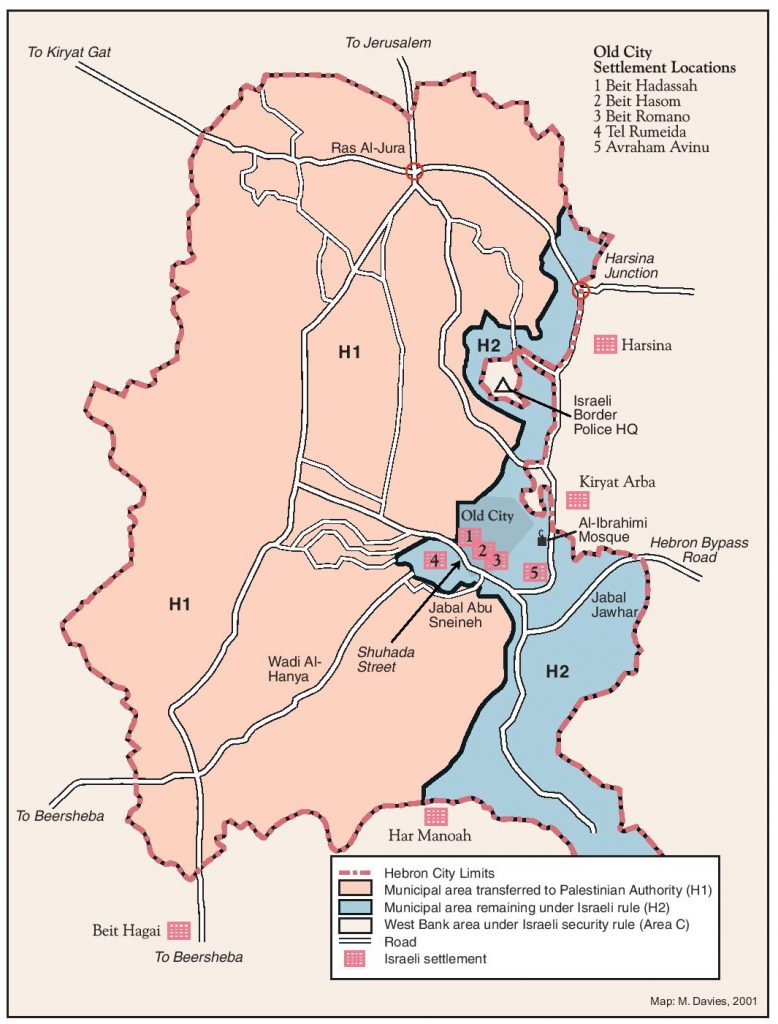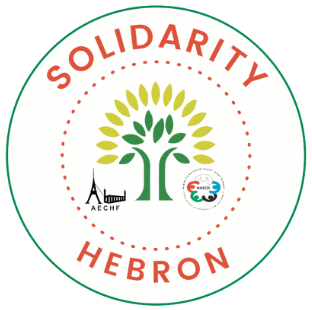Located 35 km south of Jerusalem and 1012 m above sea level, the city of Hebron is the main urban centre on the West Bank of the Jordan River.
The city sits at the crossroads of historic routes from Jerusalem to Egypt and the Arabian Peninsula and from the Dead Sea to the Mediterranean coast.

One of the oldest cities in the world, Hebron has been renowned for centuries for its grapes, blown glass and painted ceramic, stone and marble quarries, leather products and more again by its main monument – the Haram al-Ibrahimi / Tomb of the Patriarchs – recognized as being a holy place by the 3 monotheistic religions.
Since 2017, its old town is a UNESCO World Heritage Site. You can find the decision here.
The city is the largest in the West Bank and has a population of more than 200,000 residents and the district has approximately a population of 700,000 Palestinians. Hebron has three universities, with altogether around 25,000 students: the University of Hebron, the Polytechnic University and the Al-Quds Open University.
Since January 1997 and the Hebron Protocol, the city is divided into two sectors: 80% of the city is administered by the Palestinian Authority (H1 area) while 20% of the city remains under Israeli control (H2 area, including the old city, its surroundings and the Tomb of the Patriarchs).

Hebron is the city that reflects the most the violence of the conflict and the slow spoliation of the Palestinian populations by the Jewish settlers, concentrated in and around the old city that makes the cohabitation very difficult and where apartheid is directly visible. The Palestinian populations are subjected to multiple security controls, checkpoints are established in the old city, that make daily life particularly difficult.
Under the British Mandate, riots broke out in Jerusalem against attempts by Zionist movements to change the status quo regarding the access to the Western Wall. In 1929, 67 Jews were killed in Hebron while hundreds were protected by the Palestinian populations. Between 1948 and 1949, Hebron is controlled by Egypt and then ruled by the Jordanians (1950-1967). From 1969, the first Israeli settlements are built around Hebron. In the old city, many old buildings were destroyed by the Israelis near the sanctuary to enlarge the esplanade and create an access between the settlement of Kyriat Arba and the tomb of the Patriarchs.
As early as 1976, Israeli settlers established in the centre of the city. In 1994, a settler from Kyriat Arba, Baruch Goldstein, entered the Mosque of Abraham during Ramadan prayer and shot dead 29 Palestinians and led around 200 people injured. In 1997, following the agreement on the redeployment of the Israeli army in Hebron, the city is divided into two parts: the H1 part is administered by the Palestinian authority and the H2 part is under Israeli military control. Since 2000, Palestinians are denied access to quarters of the old city (including the martyrs’ Street, the former main street of the city). More than 1,000 homes have been abandoned and 1,900 stores have been closed for economic reasons or following a decision of the Israeli army. There are now 6 Israeli settlements in the old city, including around 500 settlers protected by 1,500 to 2,500 soldiers.
